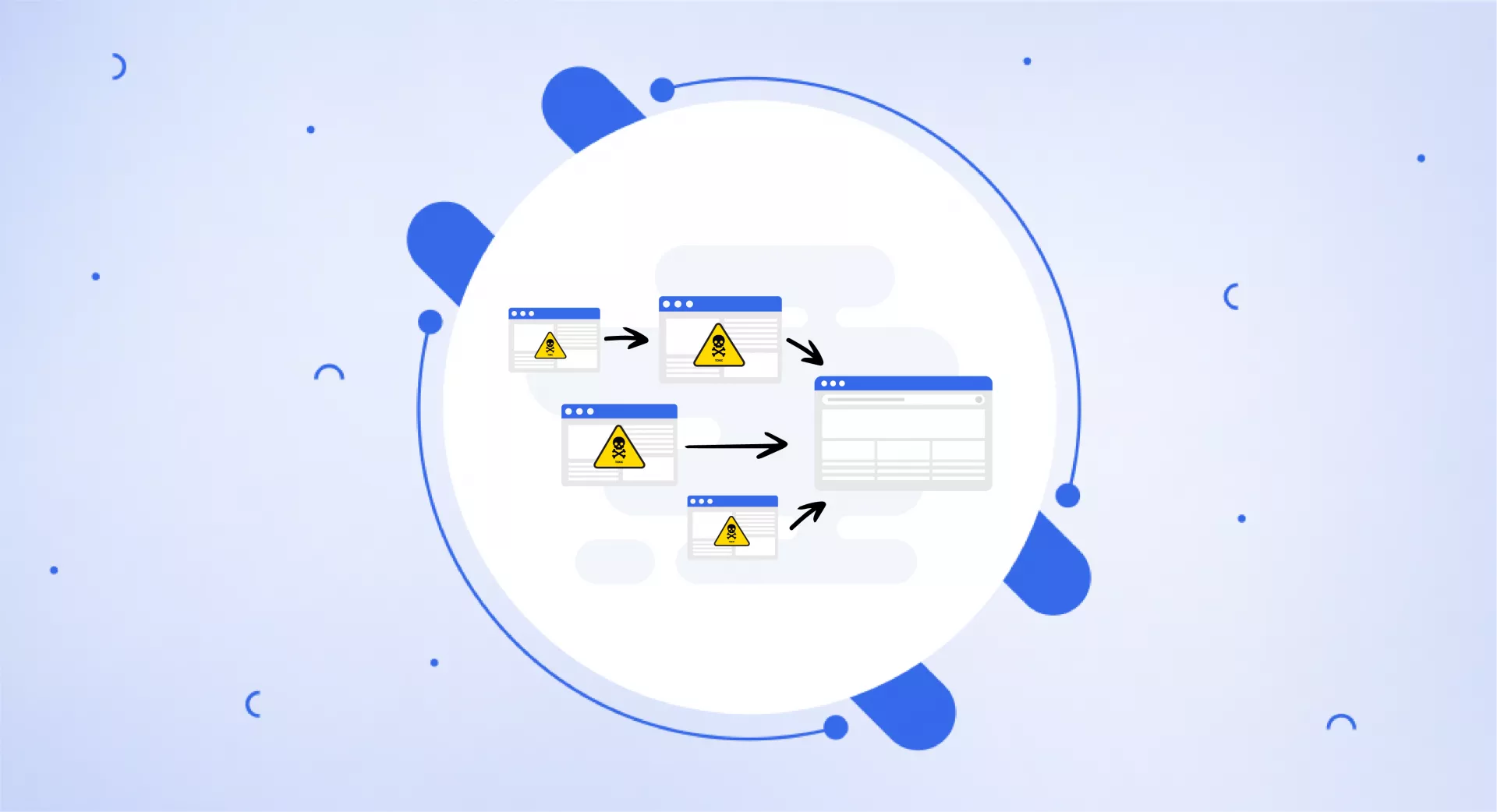What Are Toxic Links?
Toxic links refer to backlinks coming from low-quality, spammy, or outright malicious websites.
These are sketchy, disreputable sites often associated with shady or illegal activities like:
Spreading malware/viruses
Participating in link buying/selling schemes
Hosting offensive, inappropriate or illegal content
Any website engaging in linking tactics that violate Google's guidelines or contains objectionable material could potentially be a source of toxic backlinks.
Why Toxic Links Are Dangerous
Search engines like Google place a lot of importance on the quality and trustworthiness of the sites linking to your web pages.
If their algorithms detect your site has an abundance of backlinks from low-quality, toxic sources, it's a major red flag that raises the following concerns:
Damage to Search Rankings: Having a link profile filled with toxic backlinks looks like an attempt to try and artificially boost your site's authority through shady tactics. As a result, Google may significantly demote your rankings.
Risk of Penalties: In severe cases where it appears you were involved in active link schemes or trying to manipulate rankings, Google could issue a manual penalty or algorithm adjustment that suppresses your entire website's visibility in search results until the problem is fixed.
Reputation Damage: Beyond just harming rankings, being directly associated with those disreputable, toxic websites through backlinks can indirectly damage your brand's online reputation and credibility in the eyes of potential customers visiting your site.
Common Sources of Toxic Links
Toxic backlinks can originate from a variety of low-quality sources across the web, including:
Spammy link farm or private blog network (PBN) sites
Low-quality directory listings
Blog comment spam
User-generated content sites with little moderation
Hacked, compromised, or malware-infected websites
Offensive content sites (adult, hate, etc.)
Identifying Toxic Backlinks
The first step in dealing with toxic links is actually identifying which specific domains in your backlink profile could be considered toxic. You can use tools like:
Google Search Console
Ahrefs Backlink Checker
SEMrush Backlink Audit Tool
Link detox reports
These will scan all the existing backlinks pointing to your website. As you analyze the reports, look for any linking domains setting off red flags as potentially toxic, such as:
Sites with thin, gibberish or auto-generated content
Pages with heavy keyword stuffing
Random number/warehouse-style domains with no clear purpose
Sites hosting or distributing malware/malicious software
Adult, offensive content or hate speech sites
Removing Toxic Backlinks
Once you've identified the toxic backlinks pointing to your site, there are a few potential courses of action for removing or devaluing those links:
Disavow Toxic Links: Use Google's Disavow Tool to submit those toxic domains so that Google will ignore or discount those links to your site. This is often the easiest solution if you can't get the links removed.
Email for Link Removal: Try contacting the website owners directly and request that they remove the existing links to your domain. However, this isn't always successful as many are abandoned or simply won't comply.
Add NoFollow Tags: If removing the links isn't possible, you can add a nofollow tag to those links on your end to instruct search engines not to pass any authority credit from those toxic sources.
Issue DMCA Takedown Notices: For truly malicious toxic sites containing things like malware, you may need to file official legal takedown notices to have search engines completely devalue or remove those links from impacting your site.
The key is to routinely audit your backlink profile using professional tools and quickly neutralize the presence of any toxic backlinks before they can wreak too much havoc on your site's standing and reputation.
A little bit of toxic link maintenance and monitoring goes a long way toward protecting all your valuable SEO efforts from being undermined by disreputable internet neighbourhoods linking to your domain.


